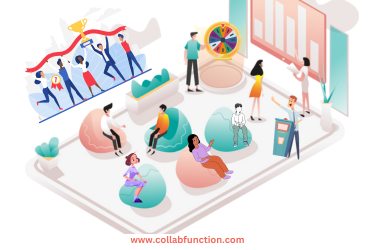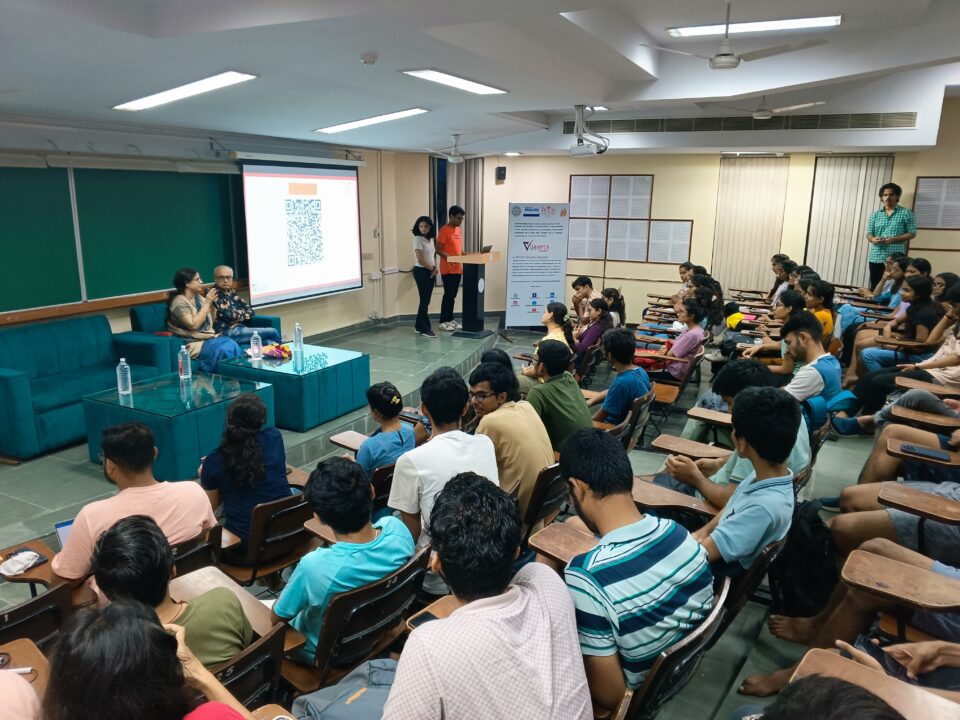
Why Small Businesses Need to Invest in Their Digital Presence.
April 15, 2021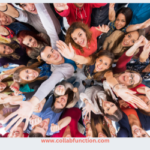
7 strategies to engage and retain members in your association
April 19, 2024Enhancing Events with Gamification: Creating Engaging Experiences
Enhancing Events with Gamification: Creating Engaging Experiences
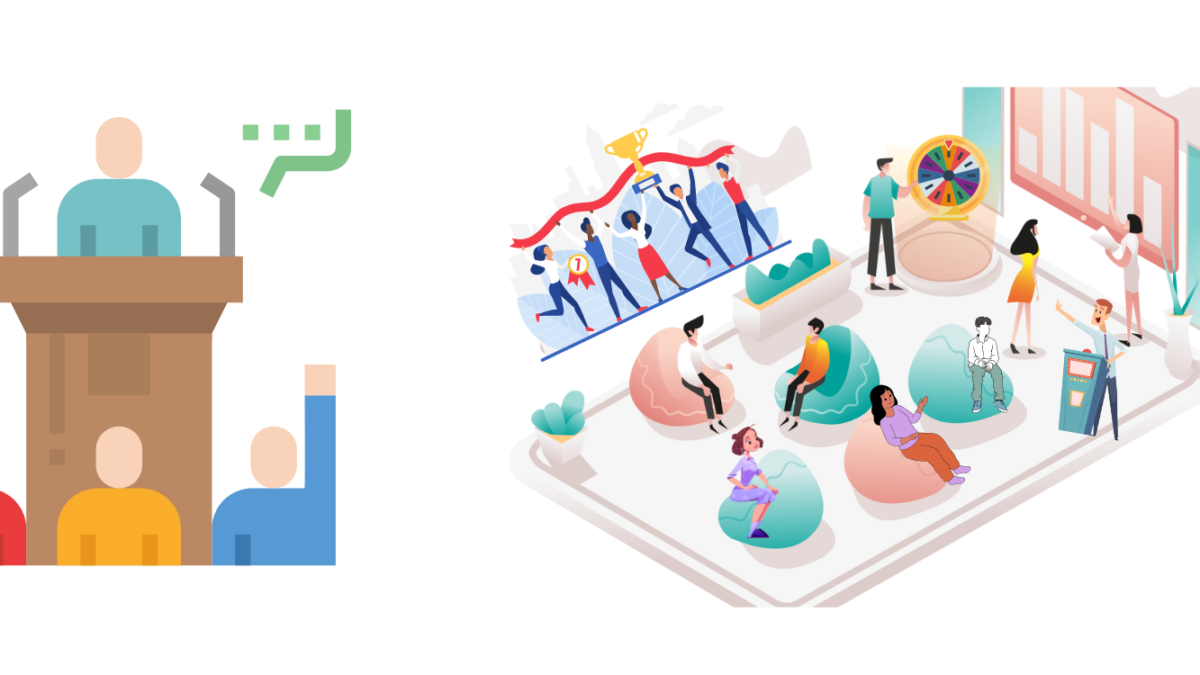
In today’s fast-paced world, it can be challenging to capture and maintain the attention of event attendees. With so many distractions and competing events, event planners must find creative ways to engage their audience and make their event stand out.
One effective way to achieve this is through gamification. By incorporating game elements into your event, you can create a fun and interactive experience that will keep attendees engaged and leave a lasting impression. In this article, we’ll explore how to use gamification to create engaging and memorable events.
What is gamification?
Gamification is the process of applying game design principles and mechanics to non-game contexts, such as events. Using elements like points, challenges, and rewards helps to motivate and engage participants.
Gamification has been proven to be an effective tool for increasing engagement and motivation in various industries, including education, marketing, and events. By tapping into people’s natural desire for competition and achievement, gamification can make even the most mundane tasks more exciting and enjoyable.
Why use gamification in events?
Events are all about creating memorable experiences for attendees. By incorporating gamification, you can take your event to the next level and make it more interactive and engaging. Here are some reasons why you should consider using gamification in your next event:
- Increased Engagement: Gamification can make your event more interactive and fun, which can lead to increased engagement from attendees. It can help you capture and maintain the attention of your audience throughout the event.
- Better Learning Outcomes: It enhances the learning experience at events. By including educational challenges and quizzes, you can make learning more enjoyable and increase knowledge retention.
- Networking Opportunities: It encourages networking and interaction among attendees. By incorporating team challenges and activities, you can facilitate connections and foster a sense of community among participants.
- Data Collection: Use it as a tool for collecting valuable data about your attendees. By tracking their progress and interactions with the game, you can gain insights into their interests and behaviors, which can inform future event planning.
How to use gamification in events
Now that we understand the benefits of gamification, let’s explore how to incorporate it into your event planning process.
Define your objectives.
Before you start implementing gamification, it’s essential to define your objectives and what you hope to achieve with it. Are you looking to increase attendee engagement, promote networking, or collect data? Knowing your goals will help you determine which game elements to incorporate and how to measure success.
Choose the right game elements.
There are various game elements you can incorporate into your event, such as points, challenges, leaderboards, and rewards. It’s essential to choose the right elements that align with your objectives and will resonate with your audience.
For example, if your goal is to increase attendee engagement, you may want to incorporate a points system where attendees can earn points for participating in activities and challenges throughout the event. If your goal is to promote networking, you may want to incorporate team challenges that encourage collaboration and interaction.
Utilize technology.
Technology can be a powerful tool for implementing gamification at events. There are various event management platforms and apps that offer gamification features, making it easy to incorporate game elements into your event.
For example, you can use an event app that allows attendees to earn points for completing tasks and challenges and track their progress on a leaderboard. You can also use QR codes or RFID technology to track attendee interactions and collect data.
Create a narrative.
To make your gamification efforts more engaging and memorable, consider creating a narrative or theme for your event. This could be a storyline that ties all the game elements together and makes the experience more immersive for attendees.
For example, if your event is a conference, you could create a storyline where attendees are “agents” on a mission to collect information and complete challenges to save the world. This narrative can then be included in the challenges and rewards. It will make the experience more exciting and memorable for attendees.
Offer rewards and incentives.
Rewards and incentives are an essential part of gamification. They motivate participants to engage with the game and can make the experience more enjoyable. When choosing rewards, consider what will be most appealing to your audience and align with your event’s objectives.
Rewards can range from physical prizes to virtual badges. Or points that can be redeemed for discounts or exclusive experiences. You can also offer rewards for completing specific challenges or for achieving the highest score on the leaderboard.

Real-World Examples of Gamification in Events
SXSW
The South by Southwest (SXSW) festival is known for its innovative use of technology and gamification. In 2019, they launched a gamified app that allowed attendees to earn points for attending sessions, networking, and completing challenges.
Attendees could redeem their points for rewards such as VIP access to events, free food and drinks, and even a chance to win a trip to space. The app was a huge success, with over 50,000 downloads and high levels of engagement from attendees.

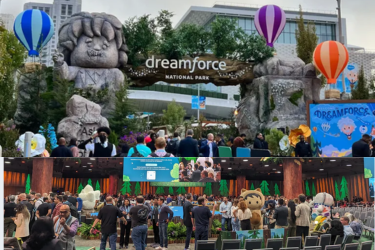
Dreamforce
Salesforce’s annual conference, Dreamforce, is another example of successful gamification in events. They use a points system to encourage attendees to complete tasks and challenges throughout the event.
Attendees can earn points for attending sessions, visiting sponsor booths, and participating in activities. Attendees can then redeem the points for rewards. Exciting rewards included exclusive merchandise, VIP access to events, and even a chance to win a Tesla.
Awareness Sessions
At some of the health events we organized to build awareness of a health condition we devised simple, and engaging challenges. We held a crossword contest among teams, word searches, and quizzes all related to the topic. High scorers won healthy treats and wellness packages. These made the event extremely enjoyable for all. When we conducted a post-event study to gauge the level of impact, the results were amazing.
- 95% of attendees identified all the symptoms and effects correctly.
- 100% of attendees gave us a 5-star rating for organizing such an engaging and informative event.
- Over 85% of attendees shared copies of the word search in their networks so we could amplify the reach of our awareness on the topic.
Conclusion
As the events industry evolves, incorporating gamification into event planning will become increasingly essential for organizers seeking to differentiate their offerings and deliver exceptional attendee experiences.
Gamification is a powerful tool for creating engaging and memorable events. Integrating these game elements can increase attendee engagement, promote networking, and collect valuable data. As event organizers embrace this innovative approach, gamification will continue to redefine event experiences and drive meaningful interactions among participants
With the right game elements and technology, you can take your event to the next level and leave a lasting impression on your attendees. So why not give it a try at your next event?

About The Author
A passionate event and marketing professional, I find great joy in helping and empowering people to achieve their best. An ardent believer in lifelong learning, I love to learn and try out many new things. I naturally gravitate to the ones that I find interesting and love to share that knowledge. As often said, “Knowledge is most useful when liberated and shared.”

